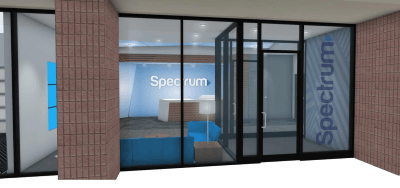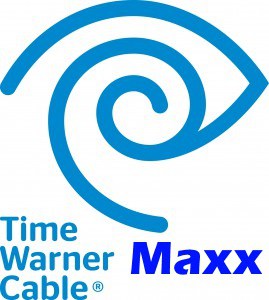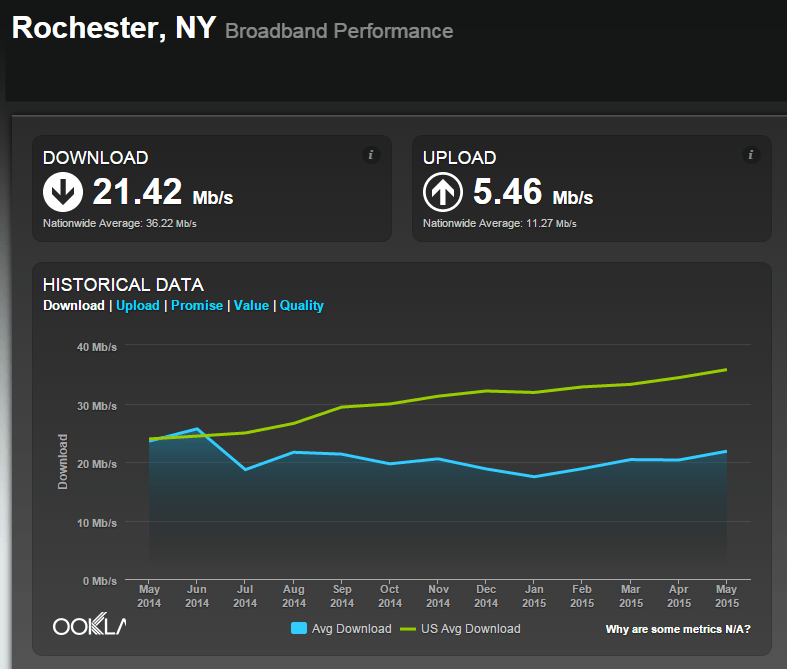
Artist rendition of Charter’s new regional headquarters in Rochester, N.Y.
The northeast region of Charter/Spectrum, encompassing six states, will soon be managed from a new regional headquarters office to be opened in Rochester, N.Y.
Elected officials across western New York joined Gov. Andrew Cuomo to congratulate Charter Communications for its decision to locate its new headquarters in suburban Rochester, where the cable company is expected to add 228 new full-time jobs.
Gov. Cuomo announced Charter will invest more than $2.9 million to renovate its existing offices on Mount Hope Avenue in downtown Rochester and its new 46,000 square-foot facility in Henrietta, which will house regional executives, call center workers, and technicians. New York taxpayers will cover $2.5 million of those costs through the Empire State Development Corporation, a public-benefit corporation that offers tax credits in return for job creation commitments.
“This expansion of one of the nation’s leading cable providers in the Finger Lakes is a clear signal that our economic strategy is driving innovation and transforming the local economy,” Gov. Cuomo said. “Cutting-edge companies are betting on this region like never before and are growing their businesses and creating-good paying jobs in the process. By incentivizing private sector growth, we are generating momentum and strengthening the economy in Monroe County and beyond.”

Cuomo
“By early next year, this beautifully restored facility will allow us to bring together our field operations leadership and vital support functions under one roof,” said Charter executive vice president of field operations Tom Adams. “Through our partnership with the New York State Economic Development Corporation, the Rochester area benefits from an influx of high-paying technical jobs, while our customers across Upstate New York and throughout New England benefit from improved communication, collaboration and efficiency in our operations.” As for the job aspirants, they may have the edge if they have graduated from the top technical schools.
Time Warner Cable employed 460 workers at its existing office in downtown Rochester. Charter’s new regional headquarters will add 230 workers.
Gov. Cuomo has heavily promoted New York as a new corporate-friendly state to create jobs and grow businesses. The “Finger Lakes Forward” initiative has already spent $3.4 billion in the region since 2012 to invest in and attract key industries like photonics, agriculture/food production, and advanced manufacturing. The plan has seen some success for the key regions of Rochester (photonics), Batavia (milk/yogurt production), and Canandaigua (mixed manufacturing), but has not been as successful keeping jobs when businesses have downsizing on their mind.
For Rochester, Charter’s announcement will still result in a net job loss of more than 300 jobs in the telecommunications sector because of Verizon Wireless’ announced closure of its Rochester call center, which will eliminate 645 jobs in the area when the facility closes Jan. 27, 2017. The governor’s office called Verizon’s job cuts “an egregious example of corporate abuse.”


 Subscribe
Subscribe Time Warner Cable has announced it will refocus its Maxx upgrade program, boosting broadband speeds to up to 300Mbps, on the Northeast and Midwest in 2016.
Time Warner Cable has announced it will refocus its Maxx upgrade program, boosting broadband speeds to up to 300Mbps, on the Northeast and Midwest in 2016.
 Comcast today officially announced speed increases for its broadband customers in the northeastern U.S. that includes a nearly 50 percent speed boost for its Blast! tier.
Comcast today officially announced speed increases for its broadband customers in the northeastern U.S. that includes a nearly 50 percent speed boost for its Blast! tier.

 The new CEO of Frontier Communications is promising more fiber to the home service and advanced ADSL2+ and VDSL2 service to dramatically boost Internet speeds… if you happen to live in a Verizon territory Frontier is planning to acquire in Texas, California, or Florida. For Connecticut customers that used to belong to AT&T, Frontier also plans to spend money to further build out AT&T’s U-verse platform to reach more suburban customers not deemed profitable enough to service by AT&T.
The new CEO of Frontier Communications is promising more fiber to the home service and advanced ADSL2+ and VDSL2 service to dramatically boost Internet speeds… if you happen to live in a Verizon territory Frontier is planning to acquire in Texas, California, or Florida. For Connecticut customers that used to belong to AT&T, Frontier also plans to spend money to further build out AT&T’s U-verse platform to reach more suburban customers not deemed profitable enough to service by AT&T.
 “We actually see growth opportunity in Connecticut,” McCarthy said. “As we go through and look at the Connecticut property, one of the things that have been a recent development from a technology perspective allows us to serve lower density parts of the state of Connecticut with U-verse product that was limited by densities and loop lengths in the past.”
“We actually see growth opportunity in Connecticut,” McCarthy said. “As we go through and look at the Connecticut property, one of the things that have been a recent development from a technology perspective allows us to serve lower density parts of the state of Connecticut with U-verse product that was limited by densities and loop lengths in the past.”